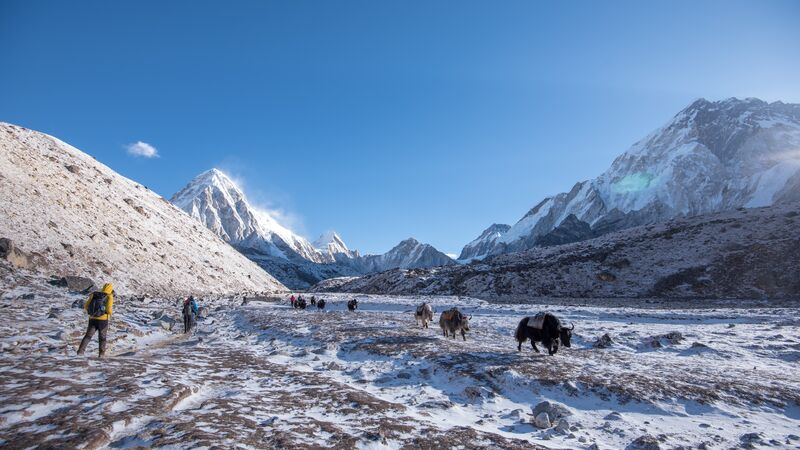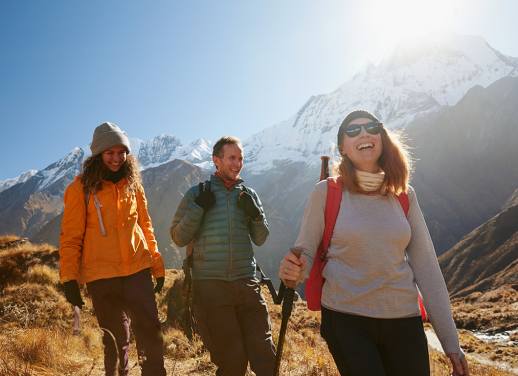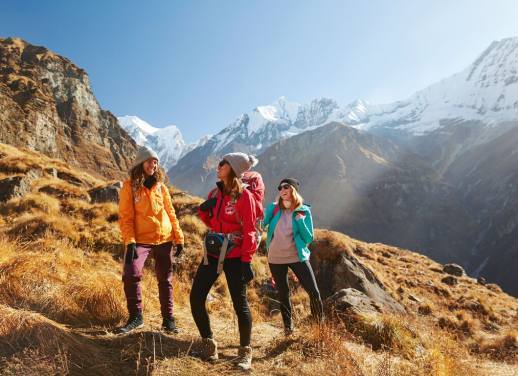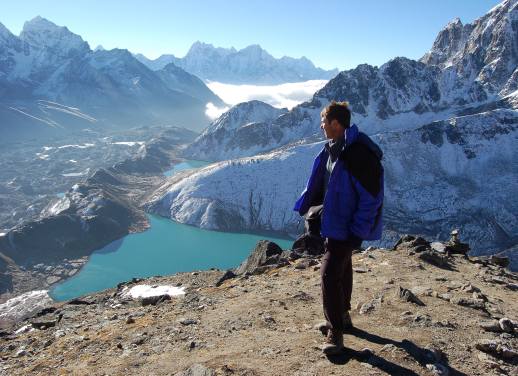It’s the choice every keen Nepalese adventurer faces eventually: Annapurna or Everest Base Camp? Most travellers end up trekking both in the end, because Nepal is one of those countries it’s hard to only do once.
On the one hand you have Mt. Everest. It’s world famous, comes with plenty of trek cred, and half your friends will probably assume you’re summiting the thing and planting a flag on the top. On the other hand you’ve got Annapurna: more diverse, less high, with gorgeous rhododendron forests and fewer crowds. Whose scene reigns supreme? It’s a tricky decision…
Trekking
Everest Base Camp
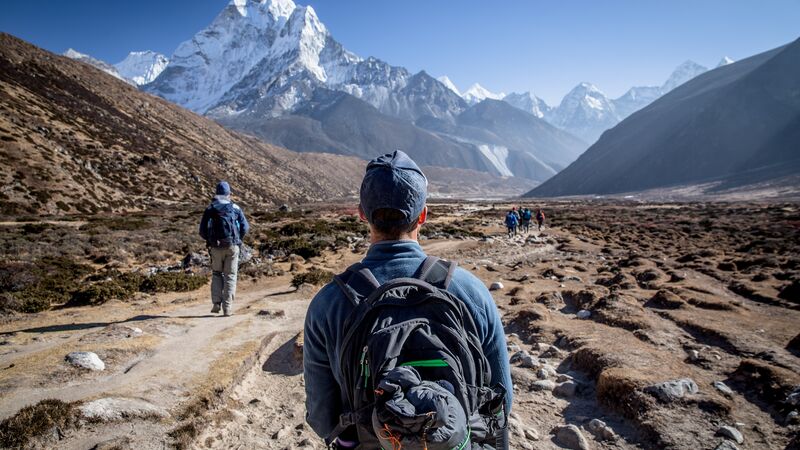
Photo by Lucy Piper.
Trekkers usually hike the Everest trail to get to the fluttering prayer flags of Basecamp, where many expeditions wait until their big ascents in May. The route itself is probably the most classically ‘Himalayan’ option in Nepal. The altitude is higher (you’ll reach 3420 meters in Namche Bazaar on Day 2), and you’re constantly surrounded by knife-like peaks. Gyoko Lakes and the lesser-trekked passes at Cho La are great detours from the usual trail, and Island Peak will get you some of the best views in the Himalayas.
Annapurna
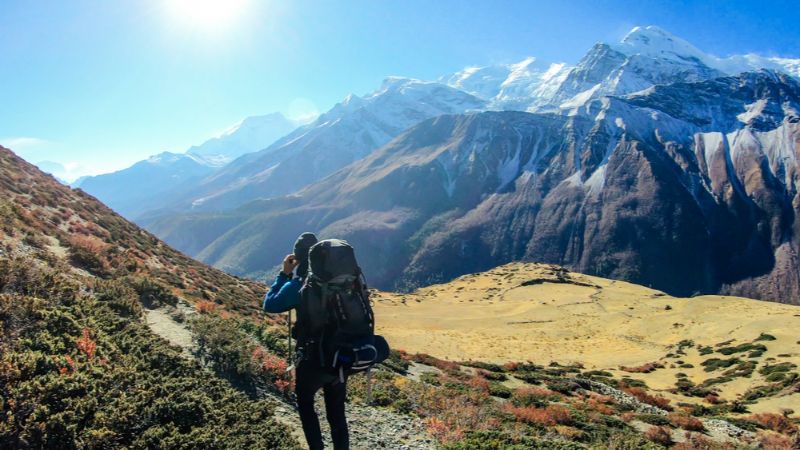
Photo by Christopher Moswitzer.
If you’re unsure of your mountaineering abilities, Annapurna is a slightly less taxing circuit. There are fewer steep climbs and the average altitude is much lower. Plus, instead of being funnelled into the Khumbu Valley on Everest, you can choose from a variety of trails, some of which don’t exceed 2000m in altitude. The descents on Annapurna are also a bit gentler, which can help the knees in the long run. And don’t discount the advantage of a circuit route: trekking new terrain every day without ever retracing your steps.
Getting there
Everest Base Camp
Hillary and Tenzing had to schlep it on foot all the way from Kathmandu in the 50s. No roads existed at the time. These days it’s a little easier, and travellers can take a short (and spectacular) flight from Kathmandu to the tiny airstrip at Lukla. The views on the way in, and the way out, are worth the journey alone.
Annapurna
The gateway to the Annapurna’s is the cool little town of Pokhara, sitting on the shores of the gorgeous Phewa Lake. It’s a laid back place where you happily just spend a week Zenning out with a good book, and you can reach it with by bus or plane from Kathmandu. Easy.
RELATED: MORE THAN MOMOS: A GUIDE TO NEPALI CUISINE
Scenery
Everest Base Camp
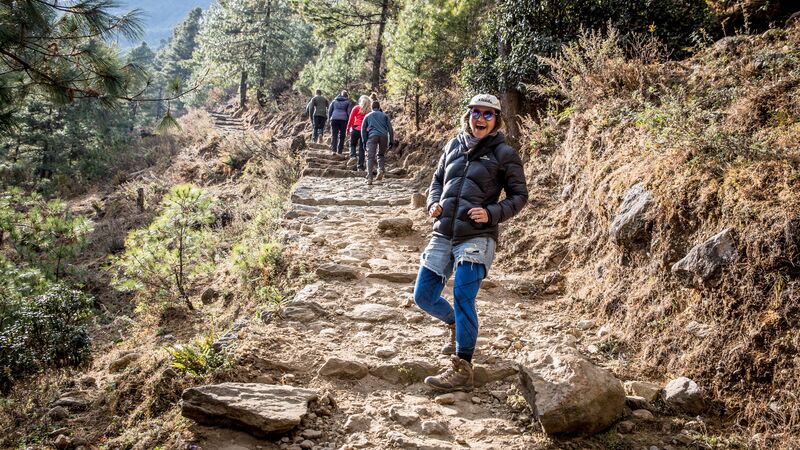
Photo by Lucy Piper.
If you’re coming just the mountains, for the biggest, wildest, most precipitous mountains you can find, Everest is the way to go. It’s a high altitude trek through some of the most spectacular scenery in all of the Himalayas. Trekking through the Gyoko Lakes, they literally surround you on all sides. But be aware, you pay for these views with sore calves and aching thighs.
Annapurna
Annapurna is a totally different side of the Himalayas. You still get huge, snow-capped peaks, but they’re more of a constant backdrop. The Circuit begins in the fertile lower foothills, winding through terraced rice fields, oak forests and rhododendrons galore (come in April for the full bloom). And mountain-lovers, don’t worry, there are still the incredible sites of Machapuchare and the 8000m giant Dhaulagiri to keep you happy. Annapurna just has more diversity to go with its stunning views.
RELATED: BEYOND BASE CAMP: 6 AMAZING DESTINATIONS IN NEPAL
 Communities
Communities
Everest Base Camp
The valleys around Everest are traditionally the home of the Sherpa people and Buddhist monasteries, and you can feel the strong sense of spirituality as you pass through. Tibetan traders still visit the village of Namche Bazaar, as they’ve done for centuries, and in fact word Sherpa actually means ‘east people’ (the Sherpas migrated east from Tibet long ago). If you’re trekking the Everest trail in March or April, you’ll probably come across professional teams looking to make their summit climb in May.
CHECK OUT OUR FULL RANGE OF WALKING & TREKKING ADVENTURES HERE
Annapurna
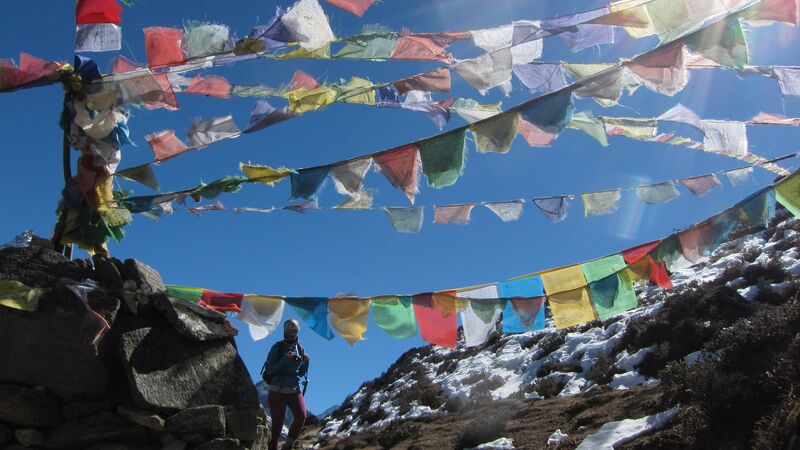 The Annapurna Circuit passes through a lot of rural settlements where small farming communities cling to the sides of valleys and life is pretty much as it was a hundred years ago. You’ll meet the Gurung people here, especially in the village of Ghandruk. Along with the Buddhist chants that dominate the Everest region, there are traces of Hinduism and Animism in the Annapurnas, which give the trail a slightly different vibe. If you’re looking for more local flavour from your trek, Annapurna is probably the stronger choice.
The Annapurna Circuit passes through a lot of rural settlements where small farming communities cling to the sides of valleys and life is pretty much as it was a hundred years ago. You’ll meet the Gurung people here, especially in the village of Ghandruk. Along with the Buddhist chants that dominate the Everest region, there are traces of Hinduism and Animism in the Annapurnas, which give the trail a slightly different vibe. If you’re looking for more local flavour from your trek, Annapurna is probably the stronger choice.
Team Annapurna? Right this way. Or is Everest more your speed? We’ve got that covered too.

